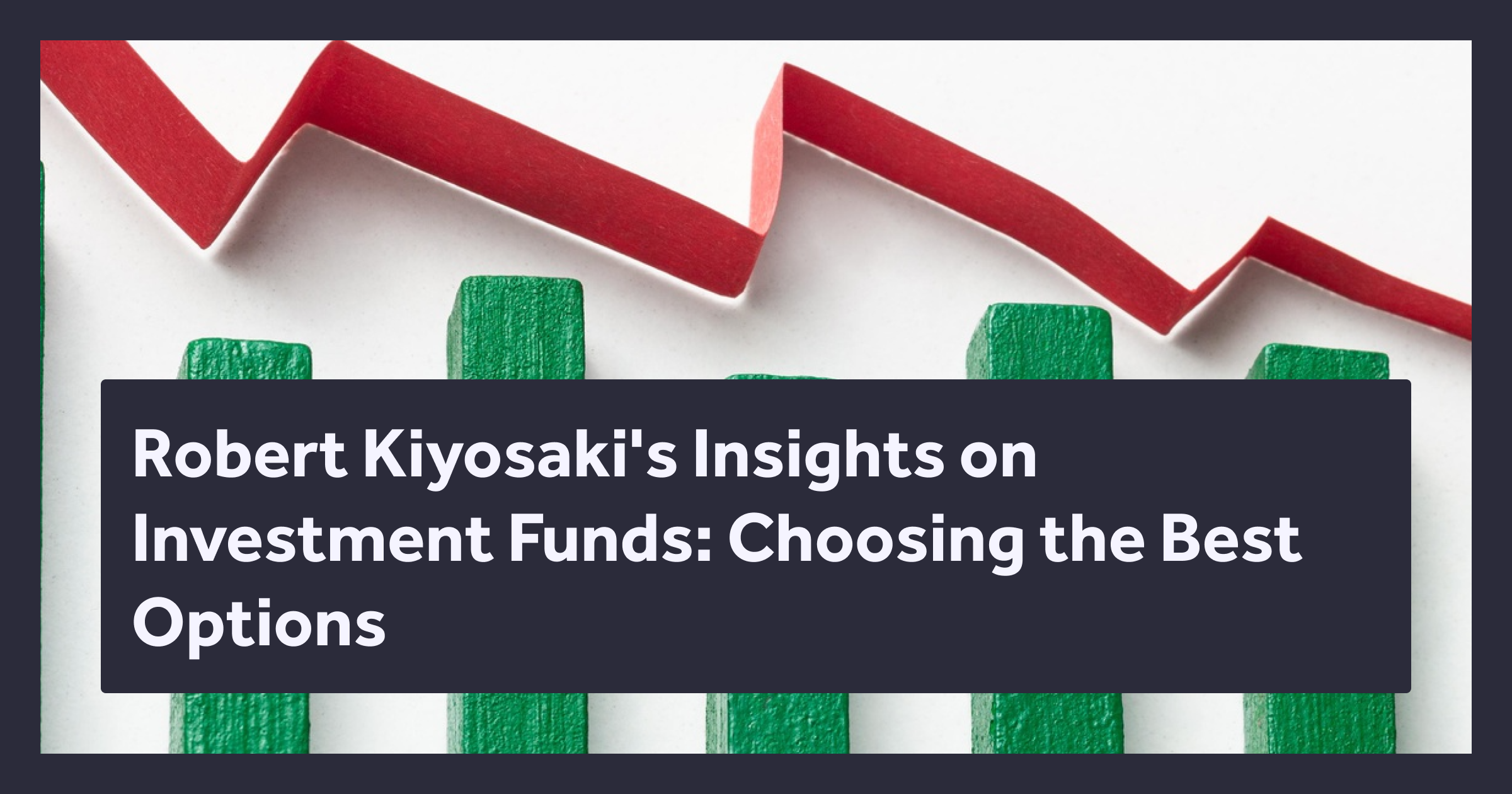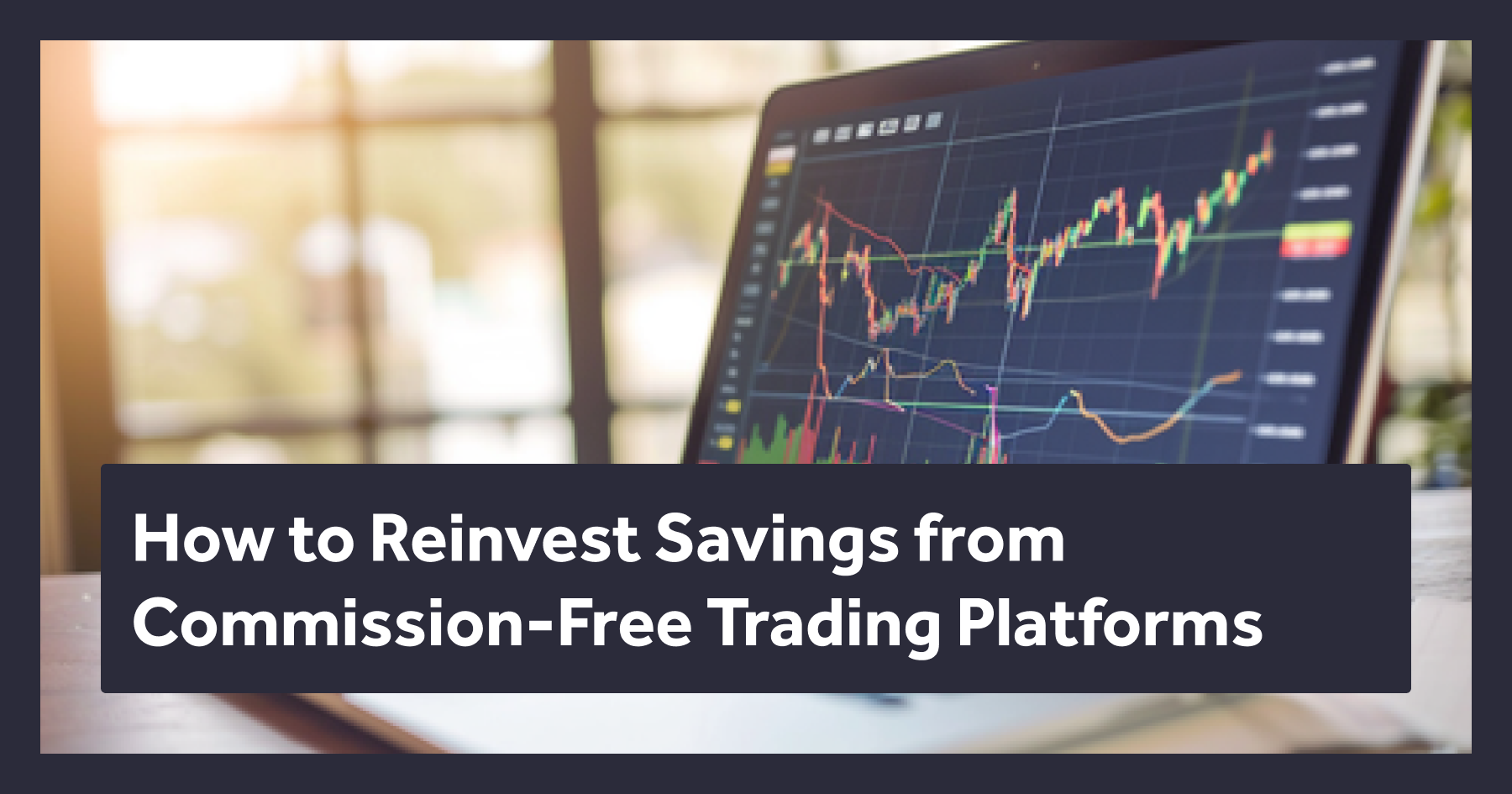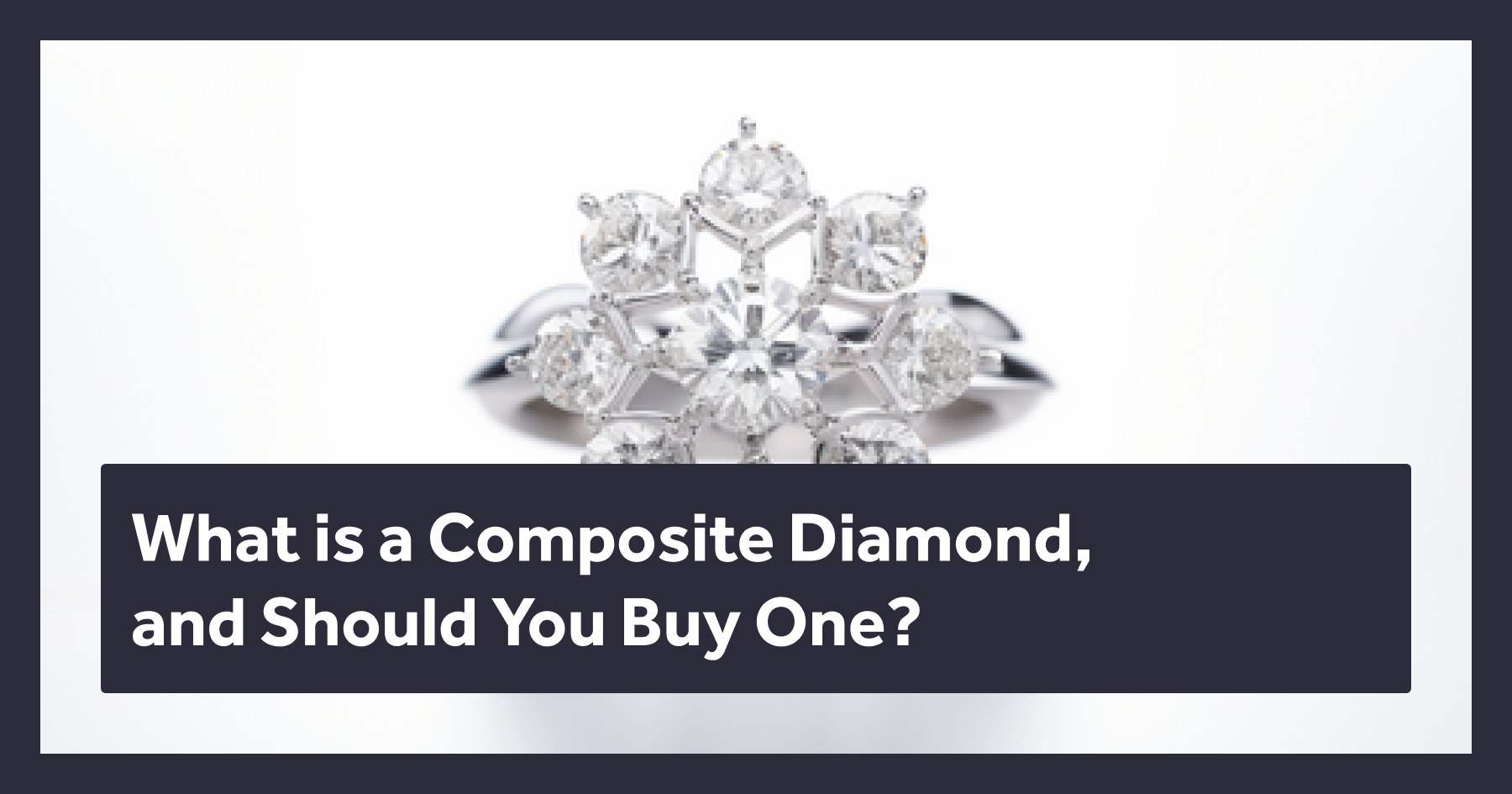
Investors continuously seek stable and lucrative havens for their assets in the volatile and unpredictable financial markets. One such alternative investment that glistens with potential is diamonds. But what makes investing in diamonds a viable contender in pursuing long-term wealth? Are diamonds worth it? Let’s delve into the elements of diamond investing and uncover its enduring allure.
Timeless Appeal and Durability
Like precious metals, diamonds have captivated humanity with their splendor for centuries, and their desirability has shown no sign of waning. Unlike other assets that may depreciate over time, diamonds are renowned for their durability and ability to retain value. Historical data indicate that diamond prices have risen 67% since 1978, signifying their appreciative nature.
Additionally, the resilient physical properties of diamonds contribute to their investment allure. They are incredibly resistant to scratches and damage, which underlines their viability as a long-term investment.
Market Stability and Low Correlation
The diamond market boasts relative stability, with its price changes usually hovering between 5% to 7%. This steadiness often appeals to investors seeking shelter from the severe ups and downs of the stock market, where fortunes can swing dramatically.
Moreover, diamonds historically exhibit a low correlation with other investments such as stocks, bonds, and commodities. They have a track record of outperforming these assets during uncertain times, making them a strategic choice for portfolio diversification and risk management.
Despite their relative stability, diamonds have the potential to yield high returns. In the grander historical context, diamond prices increased about 14% annually from 1960 through 2019. Such a sustained upward trajectory is indicative of the potential diamonds hold as an investment vehicle.
The Growth and Technology Factor
The diamond industry is not just resting on its laurels; it’s evolving with technology. The advent of blockchain has introduced a new era in diamond investing. Tokenizing diamonds on the blockchain has revolutionized the market by enhancing transparency, efficiency, and liquidity. Furthermore, the diamond market is projected to experience a 10% compound annual growth rate over the next five years, which is a promising figure compared to the long-term growth rate of traditional indices like the S&P 500.
The Investment Case for Diamonds: A Closer Look
Diamonds present a compelling case for investors:
- Rarity and Demand: Diamonds are finite resources whose scarcity underpins their value.
- Inflation Hedge: As a tangible asset, diamonds can act as a hedge against inflation, retaining purchasing power over time.
- Portfolio Diversification: Given their low correlation with other financial assets, diamonds can offer balance to an investment portfolio.
When considering the purchase of diamonds as an investment, it’s essential to focus on high-quality and certified diamonds, which are more likely to soar in value. It's important to know that investing in diamonds also carries its own risks and factors to consider. These include the need for secure storage, insurance, and the potential impact of market trends on different types of diamonds, such as colored diamonds or large-carat diamonds.

You can acquire diamonds through various channels, including auction houses, online retailers, and directly from a diamond investment company like Diamond Standard, with each avenue offering its own advantages and considerations.
In the following section, explore the intricacies of buying and selling diamonds, the role of certification in investment diamonds, and how to navigate the diamond market to maximize your investment potential.
Navigating the Diamond Investment Market
Investing in diamonds is more complex than engaging the stock market. It requires a nuanced understanding of the market and an appreciation for the unique characteristics of each stone. Here’s what potential investors need to know:
Certification and Quality
When it comes to diamonds, quality is paramount. Certified diamonds come with a reputable gemological laboratory report detailing the stone’s characteristics, such as carat, cut, color, and clarity. These factors affect not only the stone’s beauty but also its investment value.
- Carat: The weight of the diamond. Larger, high-quality diamonds are rarer and, therefore, often more valuable.
- Cut: The quality of the diamond’s cut affects its brilliance and desirability.
- Color: Diamonds are graded on a color scale from D (colorless) to Z (light color). Colorless diamonds are the most valued.
- Clarity: This refers to the absence of inclusions or blemishes. The clearer the diamond, the more valuable it is.
Buying and Selling
Investors can buy diamonds through several channels. Auction houses offer the chance to purchase unique and valuable pieces, while online retailers provide convenience and a wide selection. Direct purchases from diamond mining companies can also be an option, though this is rare for individual investors.

Selling diamonds can be trickier than cashing in on stocks or gold. You usually need to find a buyer who values the unique characteristics of your specific diamond. This could be through auction houses, private sales, or specialized diamond investors and traders.
Diamond Standard has created a more efficient, transparent, and accessible platform for buying and selling diamonds using blockchain technology. Investors can trade Diamond Standard Coins and Bars on The Diamond Standard Spot Market, making it easier for everyone to participate in the diamond market.
Market Trends
Keeping abreast of the latest trends in the diamond industry is crucial because it enables investors to make knowledgeable decisions, anticipate market shifts, and capitalize on emerging opportunities for investment or sales.
For instance, the rise of lab-grown diamonds has introduced a new dynamic to the market. While they offer an ethical and often more affordable alternative to mined diamonds, they also can affect the market value of natural diamonds
Understanding these trends can also help in assessing the long-term value and demand for diamonds, guiding strategic buying or selling actions, and identifying potential risks or areas of growth within the market.
Investment Vehicles
Beyond buying loose diamonds, there are other ways to invest in the industry. For example, one can invest in an exchange-traded fund (ETF) focusing on the diamond and gemstone sectors. These options provide exposure to the diamond market without needing physical ownership.
The Long-Term Perspective
Investing in or buying diamonds should be viewed as a long-term strategy. Like fine art or other alternative investments, diamonds can appreciate over time but may not provide immediate returns. It is an investment in beauty and endurance as much as it is in potential financial gain.
One appealing reason to invest in diamonds is their reputation as an inflation-proof investment. Over time, high-quality diamonds have generally maintained or increased their value, even when currencies have weakened. This makes them an attractive option for preserving wealth.

Diamonds are also not only a personal investment but can also be a legacy asset passed down through generations. This long-term perspective especially appeals to investors who view diamonds as a store of value for the future.
The Sparkling Conclusion
Investing in diamonds offers a unique combination of beauty, durability, and potential for wealth preservation. While not without its challenges, diamond investment can be a stable and rewarding component of a diversified portfolio. With proper research and a clear understanding of the market, diamonds can indeed be a shining path to long-term wealth.
For those who wish to tread this glittering investment path, it is essential to approach with the same rigor and due diligence as any other asset class. Whether it’s a round diamond engagement ring that symbolizes eternal love or rare, fancy-colored diamonds that catch collectors' eyes, diamonds hold a unique position in the world of investing—one that blends the tangible allure of precious gems with the strategic considerations of the savvy investor.




